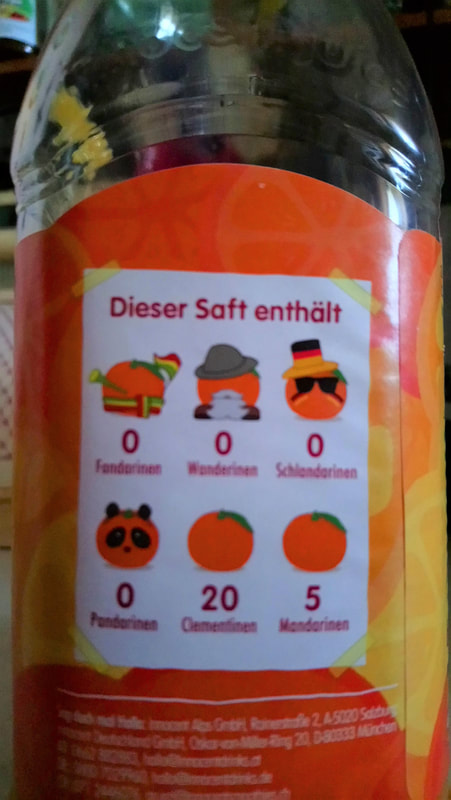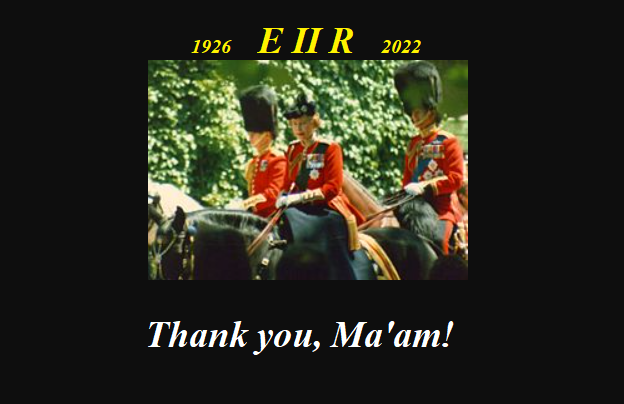This linguistic phenomenon, derived from Greek meaning "lacking sequence," occurs when a speaker or writer begins with one syntactical structure but switches to another before completing the first. While it may seem like a mistake, skilled orators and authors often use anacoluthon intentionally for emphasis, to mimic natural speech patterns, or to create a jarring effect.
Often, the jarring effect comes about because we expect to be led somewhere else, such as in this German example from a Duden dictionary[1]:
Ÿ "Sie ist sicherlich schon gegangen, weil ihr Mantel hängt nicht mehr an der Garderobe."
Here, the expectation is for the subordinate-clause word order:
Ÿ Sie ist sicherlich schon gegangen, weil ihr Mantel nicht mehr an der Garderobe hängt.
According to Claude, an AI assistant created by Anthropic and prompted by Alexandra, Shakespeare was fond of this device. In "Macbeth," Shakespeare writes:
Ÿ "The heavens, as troubled with man's act, / Threatens his bloody stage."
Notice how "heavens" (plural) doesn't match with "threatens" (singular)?
In everyday speech, anacoluthon is common in moments of excitement or distraction: "Oh, the party tonight—did you bring the snacks?" Here, the speaker abandons the initial thought about the party to ask an urgent question.
Notice how the punctuation helps us decipher what is going on here in processing terms? Audio transcribers in their work aim to translate this linguistic reorientation into written language to help readers during text reception.
Whether deliberate or accidental, anacoluthon adds a touch of spontaneity and realism to language, reminding us that even in grammar, sometimes the journey is more interesting than the destination.
What do you think?
[1] © Duden ‒ Das Wörterbuch der sprachlichen Zweifelsfälle, 9. Auflage, Berlin 2021



























 RSS Feed
RSS Feed